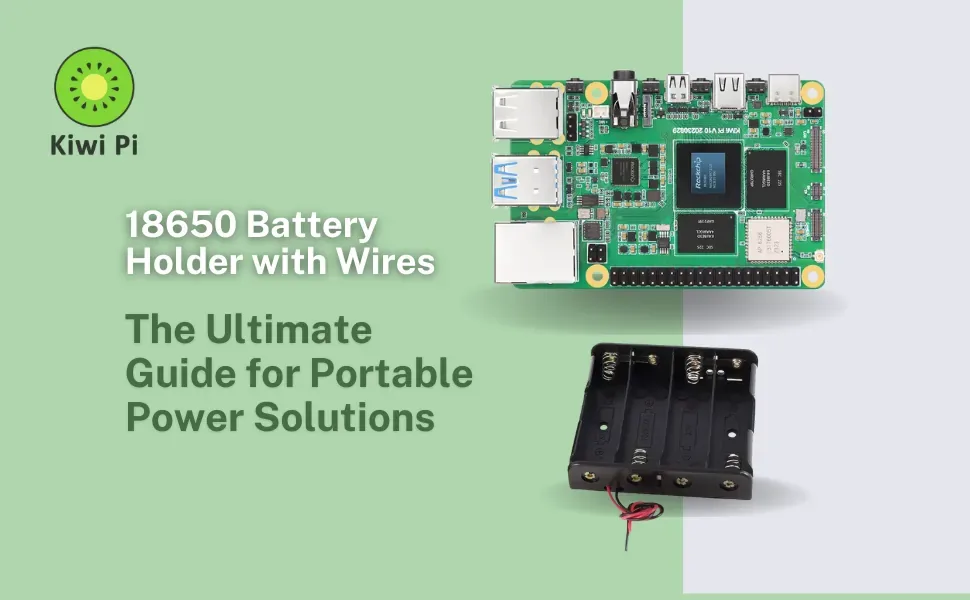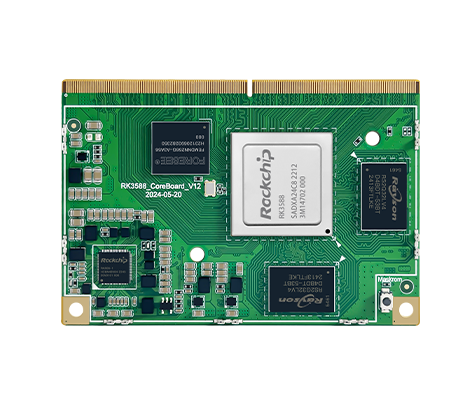
Articles
18650 Battery Holder with Wires: Portable Power Solutions
A 18650 battery holder with wires is a vital part for DIY electronics, power banks, flashlights, and other battery-powered projects you want to do. These holders offer a secure and easy way to connect 18650 lithium-ion batteries while ensuring good electrical contact. So let's check it out and see what this is.

What Is an 18650 Battery Holder with Wires?
An 18650 battery holder is a plastic or metal case designed to hold one or more 18650 lithium-ion batteries securely. The attached wires make it easier to connect to the circuit. These holders are available in different configurations, for example: 1) including single-cell 2) dual-cell, or 3) multi-cell setups, depending on voltage and capacity needs.
Key Features
Durable Construction: Made from heat-resistant ABS plastic or metal for longevity.
Pre-Soldered Wires: Typically includes red (positive) and black (negative) wires for easy installation.
Spring or Clip Contacts: Ensures a snug fit and reliable electrical connection.
Parallel or Series Configurations: Supports different voltage and current needs.
Applications of 18650 Battery Holders with Wires
These holders are commonly used in both consumer and industrial settings because of their versatility and ease of use.
Common Uses
DIY Power Banks: Ideal for creating custom portable chargers.
Flashlights & LED Projects: Provides stable power for high-lumen lighting.
Robotics & Drones: Ensures consistent power delivery for motors and controllers.
Solar Power Systems: Used in off-grid energy storage solutions.
Specialized Applications
Some advanced projects, like electric bike battery packs or medical devices, need holders with extra safety features..
Choosing the Right 18650 Battery Holder with Wires
Choosing the right holder depends on your project.
Factors to Consider
Number of Cells: Single-cell for 3.7V or multi-cell for higher voltage.
Wire Gauge: Thicker wires (e.g., 18AWG) handle higher currents safely.
Connection Type: Soldered, screw terminals, or JST connectors for flexibility.
Material Quality: Heat-resistant and impact-resistant materials ensure durability.
Comparison of Popular 18650 Battery Holders
| Feature | Single-Cell Holder | Dual-Cell Holder (Series) | Dual-Cell Holder (Parallel) |
|---|---|---|---|
| Output Voltage | 3.7V | 7.4V | 3.7V |
| Capacity | ~2500-3500mAh | ~2500-3500mAh | ~5000-7000mAh |
| Wire Gauge | 20-22AWG | 18-20AWG | 18-20AWG |
| Best For | Small electronics | High-voltage devices | Long runtime projects |
Powering the Kiwi Pi 5 with a 18650 Battery Holder: A Complete DIY Guide
The Kiwi Pi 5, powered by the advanced Rockchip RK3588S octa-core processor, so you can use it for AI or whatever you want. But to unlock its full potential in portable use, we need to make a good choice for powering. A 18650 battery holder with wires provides a versatile, rechargeable, and affordable way to keep your Kiwi Pi 5 running anywhere. In this guide, we’ll explore how to connect a 18650 battery setup with your Kiwi Pi 5, compare different power options, and highlight key advantages for DIY enthusiasts.
The Kiwi Pi 5, powered by the advanced Rockchip RK3588S octa-core processor, is a powerhouse for AI, multimedia, and edge computing. However, to unlock its full potential in portable or off-grid projects, a reliable power source is essential. A 18650 battery holder with wires provides a flexible, rechargeable, and affordable way to keep your Kiwi Pi 5 operational anywhere. In this guide, we’ll cover how to connect a 18650 battery setup with your Kiwi Pi 5, compare power options, and highlight key benefits for DIY enthusiasts.
Why Choose a 18650 Battery Holder for the Kiwi Pi 5?
The Kiwi Pi 5’s advanced hardware—including its 6TOPs NPU, 8K video capabilities, and support for up to 32GB of RAM—requires stable and efficient power. A 18650 battery holder is an ideal choice for portable applications, providing flexibility and sustainability.
Portability: Perfect for mobile projects like drones, robotics, or field sensors.
Reusability: 18650 batteries are rechargeable, reducing long-term costs and waste.
Compatibility: With proper voltage regulation, it aligns with the Kiwi Pi 5’s 12V/2A Type-C PD power input.
Key Requirements for a Reliable Setup
To ensure seamless operation, your 18650 battery setup should include:
A holder with a built-in protection circuit to prevent over-discharge or short circuits.
A DC-DC boost converter to step up the voltage to 12V for the Kiwi Pi 5.
High-capacity 18650 batteries (e.g., 3500mAh) for extended runtime.
How to Connect a 18650 Battery Holder to the Kiwi Pi 5
Follow these steps to create a stable and efficient power connection for your Kiwi Pi 5:
Step 1: Gather the Necessary Components
18650 battery holder (2-cell or 4-cell for higher voltage output).
Boost converter (to adjust voltage to 12V).
Type-C PD trigger module (optional, for direct Power Delivery compatibility).
Multimeter (for voltage testing).
Step 2: Assemble the Circuit
Connect the battery holder’s output to the boost converter, ensuring correct polarity. Then, wire the converter’s output to a Type-C plug or PD trigger module. Secure all connections with solder or terminal blocks.
Step 3: Test and Optimize
Before connecting to the Kiwi Pi 5, use a multimeter to verify a stable 12V output. Monitor power consumption during high-load tasks like 8K video decoding or AI computations to ensure the battery setup can handle the demand.
Comparing Power Solutions for the Kiwi Pi 5
Here’s how a 18650 battery holder stacks up against other common power options:
| Feature | 18650 Battery Holder | AC Adapter | Power Bank |
|---|---|---|---|
| Portability | High | Low | Medium |
| Runtime | Moderate (4–8 hours) | Unlimited | Short (2–5 hours) |
| Cost | Low | Low | Medium |
| Stability | Requires voltage regulation | High | Variable |
Conclusion
A 18650 battery holder with wires is essential for anyone working with rechargeable lithium-ion batteries. Whether you're building a power bank, flashlight, or custom electronics, choosing the right holder ensures safety, efficiency, and reliability. Consider factors like voltage requirements, wire thickness, and material quality to find the best fit for your project. With the right holder, you can maximize battery performance and make your wiring setup simpler.

